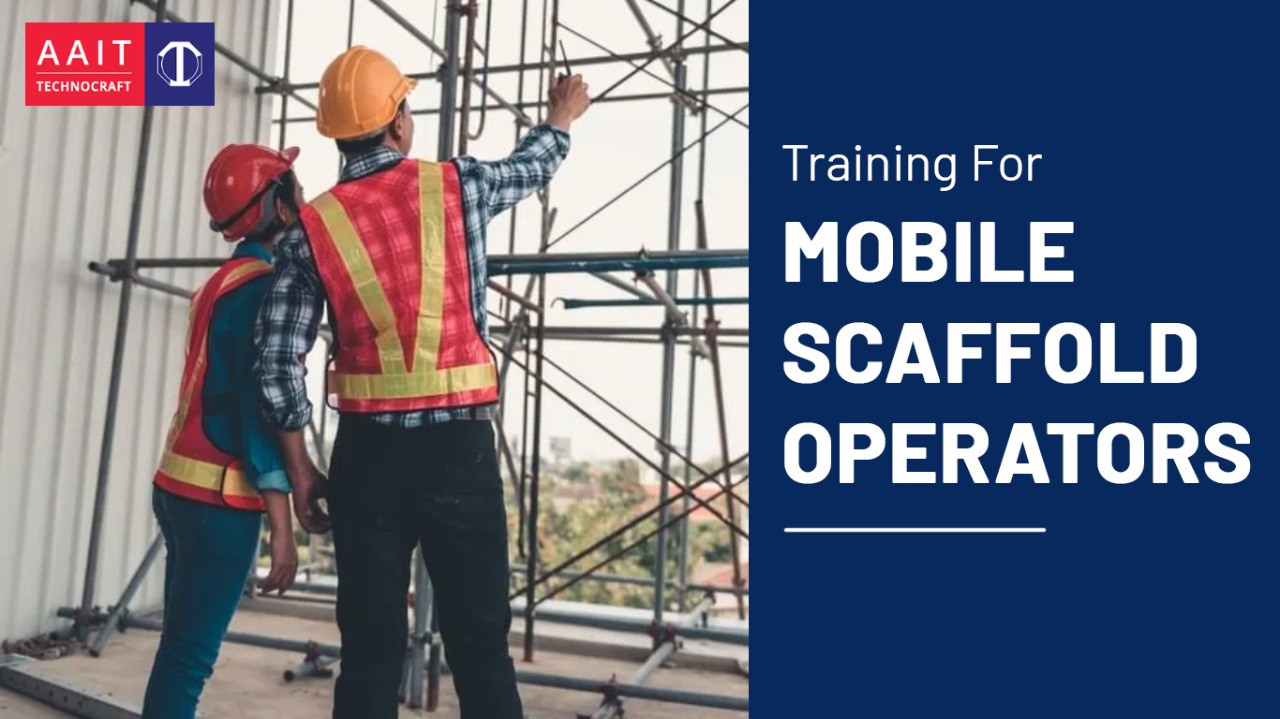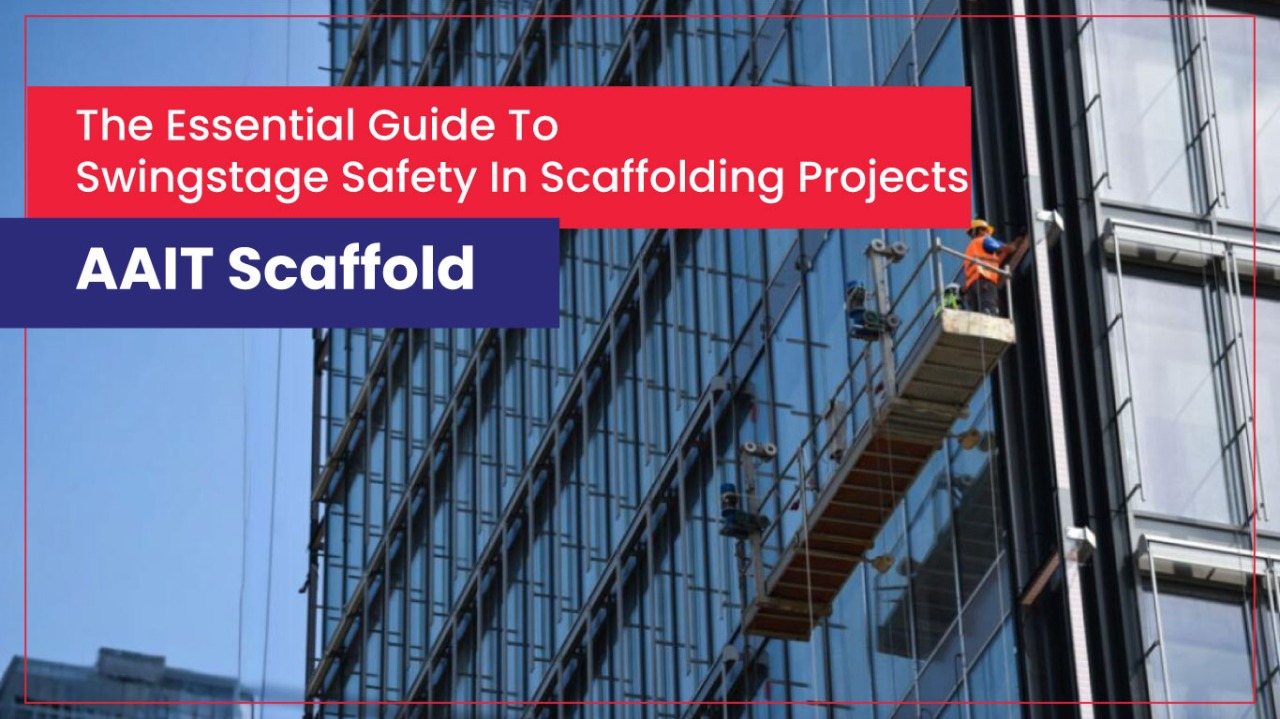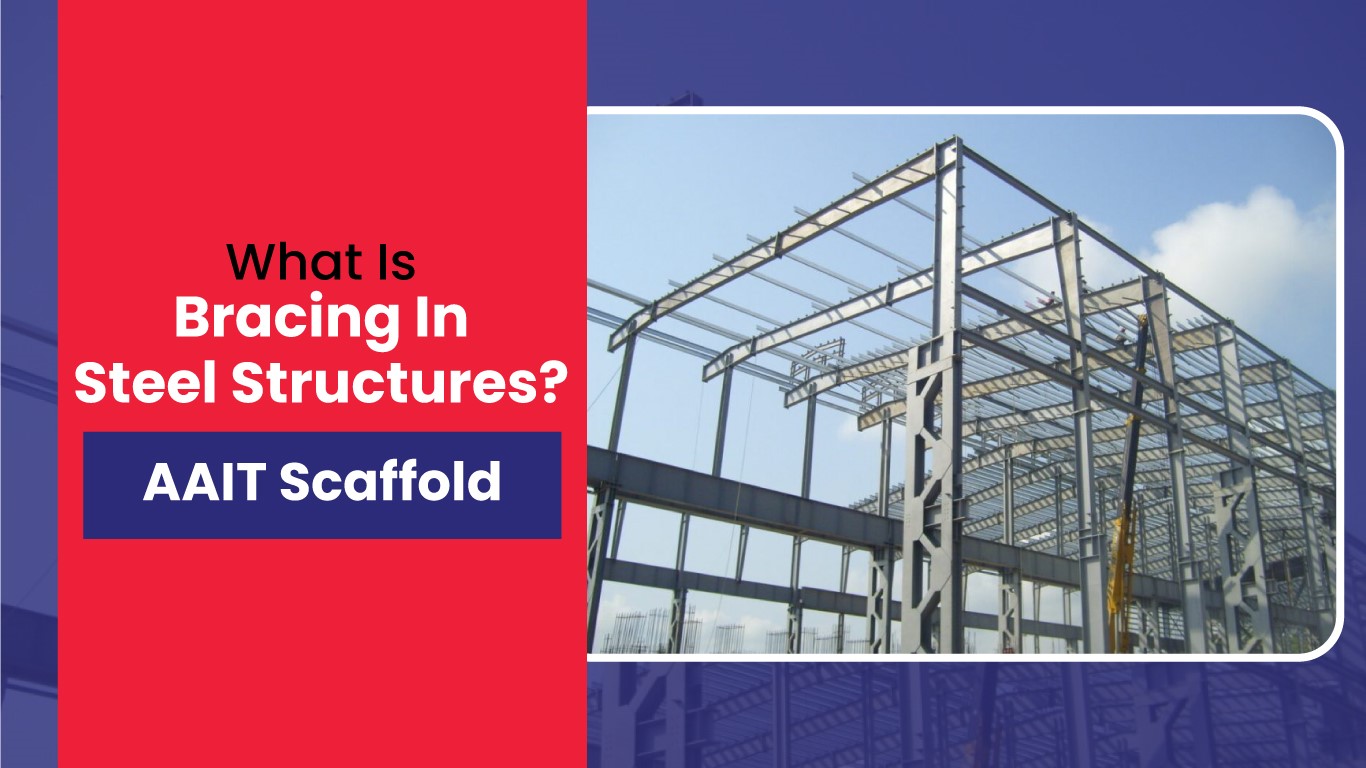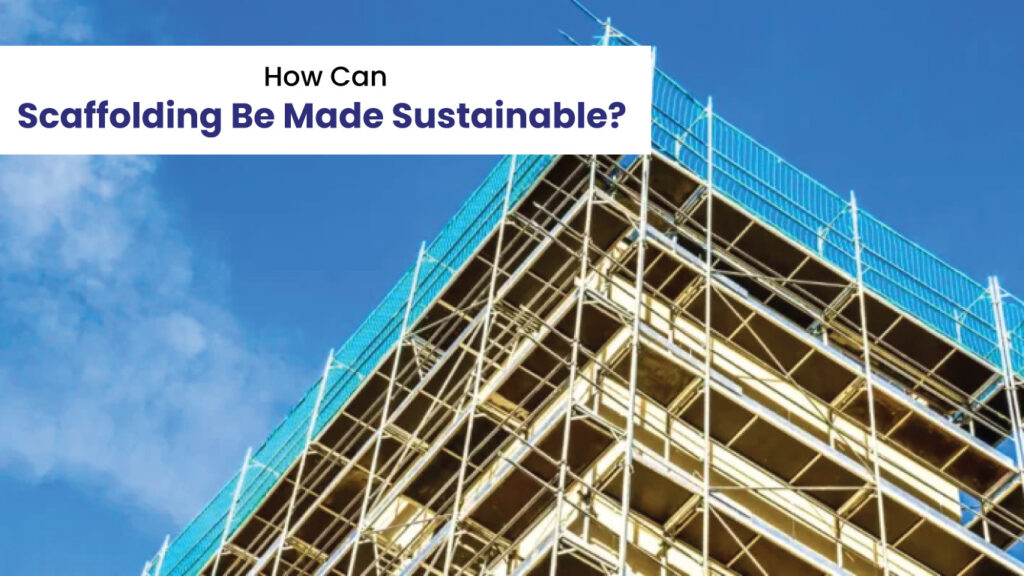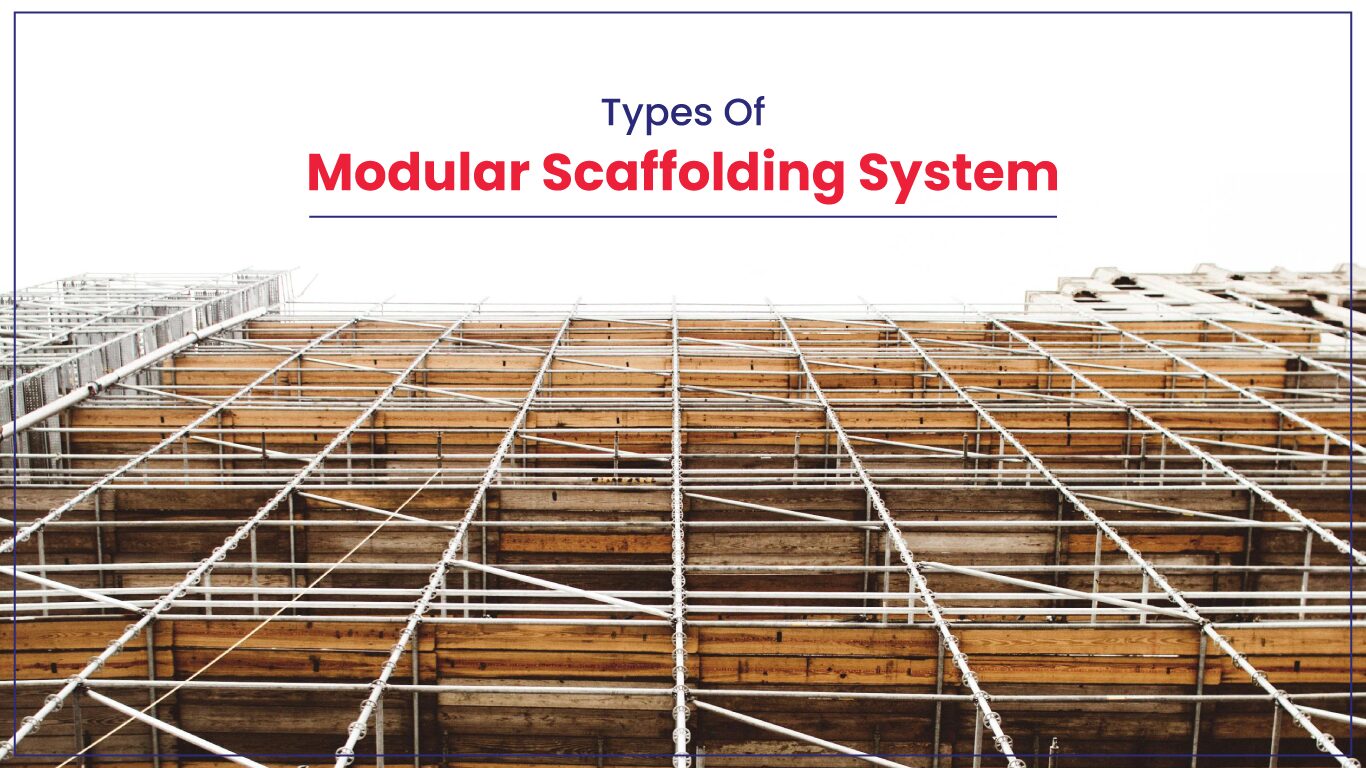7 Construction Projects That Use Scaffolding

Do you have a construction project in the forthcoming months? Well, even if it is related to a multi-story building, scaffolding can help to complete tasks safely. So, in this article, we shall cover more about projects that need professional scaffolding.
What are the benefits of using a scaffold?
When you choose a high-quality scaffold, it offers many benefits. Let’s now check these ahead.
Enhanced Safety
A high-quality scaffold offers safety for workers. As it’s well-constructed, it also reduces the risk of accidents. Workers can further perform the tasks with the help of a stable platform. Risks of falls are also mitigated when the scaffold meets certain standards.
Improved Access
When you use a high-quality scaffold, it provides reliable access to certain areas. These can help accomplish cleaning or painting tasks. Workers can also move freely from one section to the other. This may not be possible using a ladder.
Versatility
A sturdy scaffold is also versatile. Thus, it is suitable for a diverse range of projects. Beyond this, the flexibility enables workers to customize the scaffold’s setup. At any point in time, the workers can also adjust the scaffold’s height.
Time Efficiency
Using professional scaffolding can further reduce the time spent on a project. As the scaffold can be erected easily, workers can commence the tasks quickly. This eliminates the need for making adjustments. Stability is also assured when workers are switching from one task to the other.
Support for Heavy Loads
Scaffolds are designed to support heavier loads. This is essential for certain construction tasks. Safety is also not compromised when workers start using a sturdy scaffold. They can execute diverse tasks in case of large-scale construction projects.
Compliance with Regulations
Whenever scaffolds are built to meet certain regulations, it ensures safety. By adhering to the industry standards, the companies can also avoid fines. They will also not land up in legal disputes even after regular use of professional scaffolding.
Quality Assurance
When you erect a high-quality scaffold, durability is always assured. Quality scaffolds are made with superior materials. So, they last longer and perform consistently. This, in turn, reduces the risk of costly maintenance. Scaffold components also don’t have to be replaced quite often.
Which type of projects need professional scaffolding?
There are many construction projects that need a scaffold. Let’s check the projects ahead.
1. Residential Improvements
When your house is undergoing renovation, then a scaffold offers safety. Workers can reach high areas safely even when they’re installing a roof. Replacing windows also becomes easy with the temporary structure. The surrounding region is also protected from sudden accidents.
2. Painting and Exterior Work
Scaffolding is quite important when performing painting or exterior maintenance work. It can be pretty dangerous to access hard-to-reach areas. Workers will also find it tough to access the areas if they don’t use proper equipment. But, a scaffold offers a stable platform to carry out tasks effectively.
3. Building Repairs and Renovations
When individuals are carrying out repairs, a scaffold offers necessary access. Fixing a crumbling wall can also be possible when workers ascend the scaffold. Moreover, the temporary structure ensures that the tasks are completed in a safe way. It also prevents structural damage at any instance.
4. High-Rise Window Cleaning
Unique challenges may arise during high-rise window cleaning. But, once professional scaffolding is erected, it offers a safe platform for workers to work. It also allows them to reach the uppermost floors and clean windows effectively. Risk of falling is also mitigated with the use of the scaffold. Workers are also not likely to encounter hazards if the scaffold is stable.
5. Commercial Projects
While undertaking commercial construction work, a scaffold enables access to elevated areas. It’s also possible to repair exterior walls or install signage with the use of a scaffold. The temporary structure also ensures that the tasks are carried out safely. Workers can also focus on areas that need utmost attention.
6. Industrial Facilities
Most of the time, construction teams use a scaffold for maintenance in industries. Ventilation systems can also be repaired with the scaffold. Above, it’s essential to install a scaffold when the environment can lead to hazardous conditions. Moreover, scaffolding helps to ensure that the ongoing operational activities are not disrupted.
7. Building Construction
Scaffolds are also used in the construction of new buildings. These provide access to different levels of the structure. It also allows workers to carry out tasks for exterior facades and windows. Teams can also perform their duties efficiently even when the tasks seem complex. Conducting inspections is also possible once the scaffold is properly installed.
Takeaway
Finally, modern construction projects can be complex. But, professional scaffolding provides all the support that workers need. Apart from accessing difficult areas, the workers can also perform the tasks with precision. Construction projects can also be completed on time with enhanced productivity.
Are you still seeking a durable scaffold for your project? Well, in that case, why not choose AAIT Scaffolds? While we develop scaffold components with engineering techniques, the designs meet the industry standards.












 Download
Download